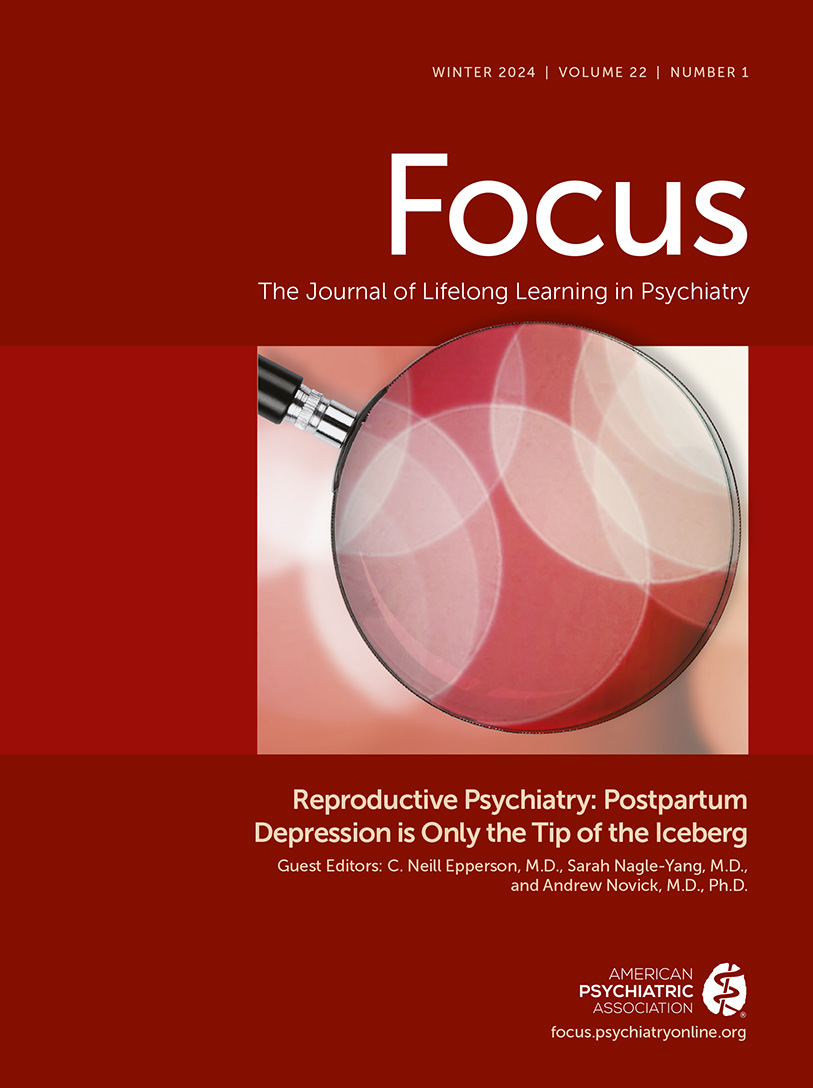Natural vs. Surgical Postmenopause and Psychological Symptoms Confound the Effect of Menopause on Executive Functioning Domains of Cognitive Experience
Abstract
Objective:
The menopause transition is associated with difficulties in executive function. However, it is unclear whether these difficulties persist past perimenopause. This study investigated whether potential confounders, including natural vs. surgical postmenopause and menopause-related psychological symptoms, influence whether executive dysfunction persists into postmenopause.
Study Design:
A cross-sectional sample of women aged 35–65 years (N = 1971) in one of four groups, premenopause, perimenopause, natural postmenopause, and surgical postmenopause, were surveyed. Participants self-reported executive functioning with the Brown Attention Deficit Disorder Scale (BADDS), anxiety symptom severity with the Generalized Anxiety Disorder Questionnaire (GAD-7), and depression symptom severity with the Center for Epidemiologic Studies Depression Scale (CES—D).
Main Outcome Measures:
We analyzed the association between group and BADDS scores using linear regression models – first, by controlling for age, education, and self-reported attention deficit hyperactivity disorder (ADHD) diagnosis (Model #1) and, second, by further controlling for current difficulty sleeping, anxiety, and depression (Model #2).
Results:
In both models, BADDS scores were significantly elevated (indicating more difficulties in executive function) among women in the perimenopausal and surgical postmenopausal groups compared with those in the premenopausal group. Likewise, the perimenopausal and surgical postmenopausal groups had the highest proportions of participants who reported difficulty sleeping and clinical levels of anxiety and depression. BADDS scores were significantly higher in natural postmenopausal vs. premenopausal women without controlling for difficulty sleeping, anxiety, and depression (Model #1), but not when adjusting for these variables (Model #2).
Conclusions:
The type of menopause and psychological symptoms are important confounders of the relationship between the menopause transition and executive dysfunction, and help explain whether executive dysfunction persists or recovers in postmenopause.
Reprinted from Maturitas 2023; 170:64–73, with permission from Elsevier. Copyright © 2023
Access content
To read the fulltext, please use one of the options below to sign in or purchase access.- Personal login
- Institutional Login
- Sign in via OpenAthens
- Register for access
-
Please login/register if you wish to pair your device and check access availability.
Not a subscriber?
PsychiatryOnline subscription options offer access to the DSM-5 library, books, journals, CME, and patient resources. This all-in-one virtual library provides psychiatrists and mental health professionals with key resources for diagnosis, treatment, research, and professional development.
Need more help? PsychiatryOnline Customer Service may be reached by emailing [email protected] or by calling 800-368-5777 (in the U.S.) or 703-907-7322 (outside the U.S.).



